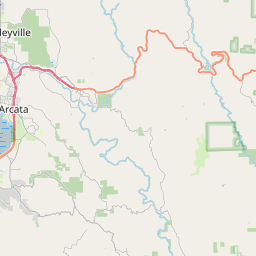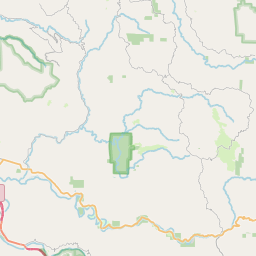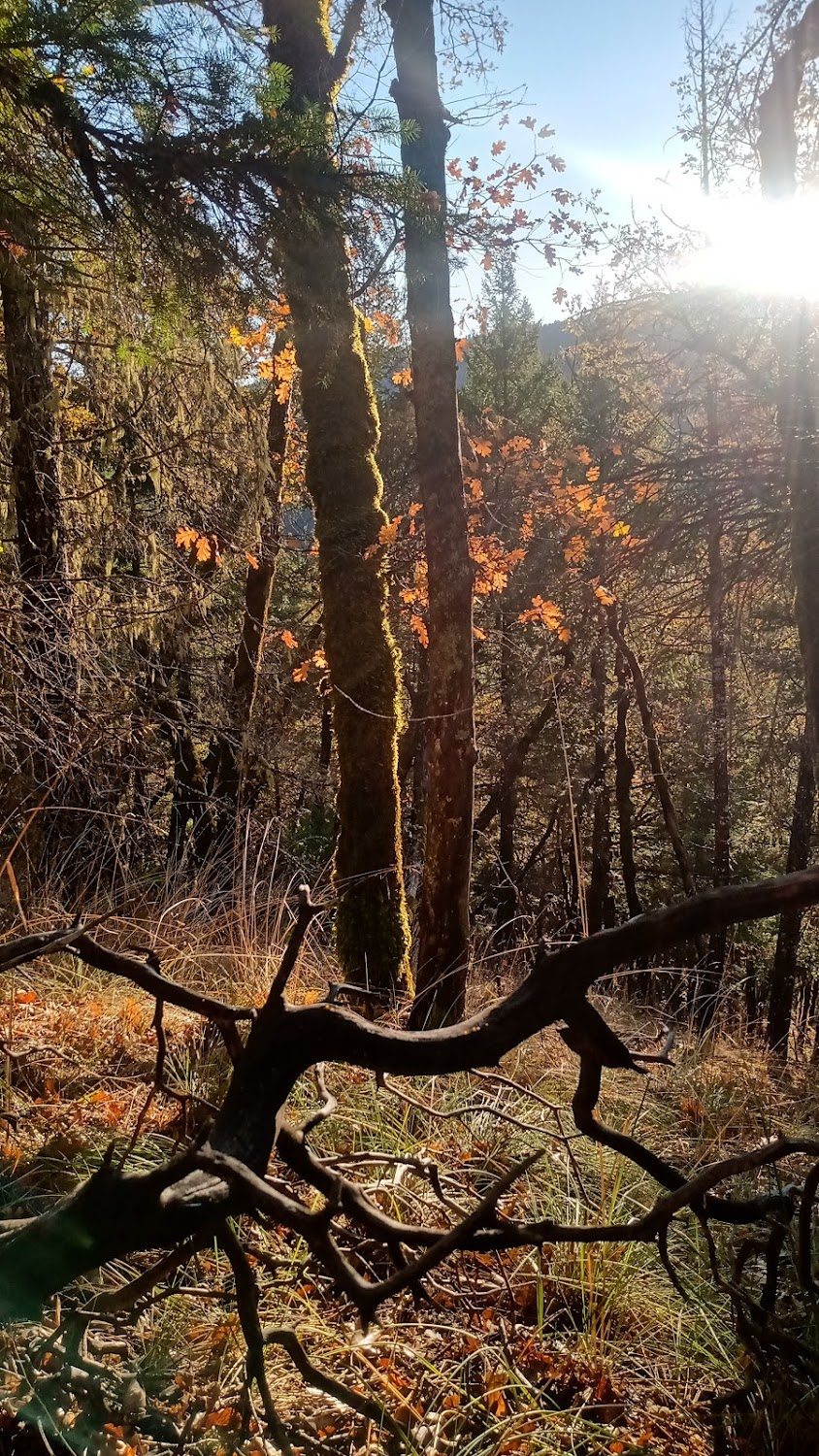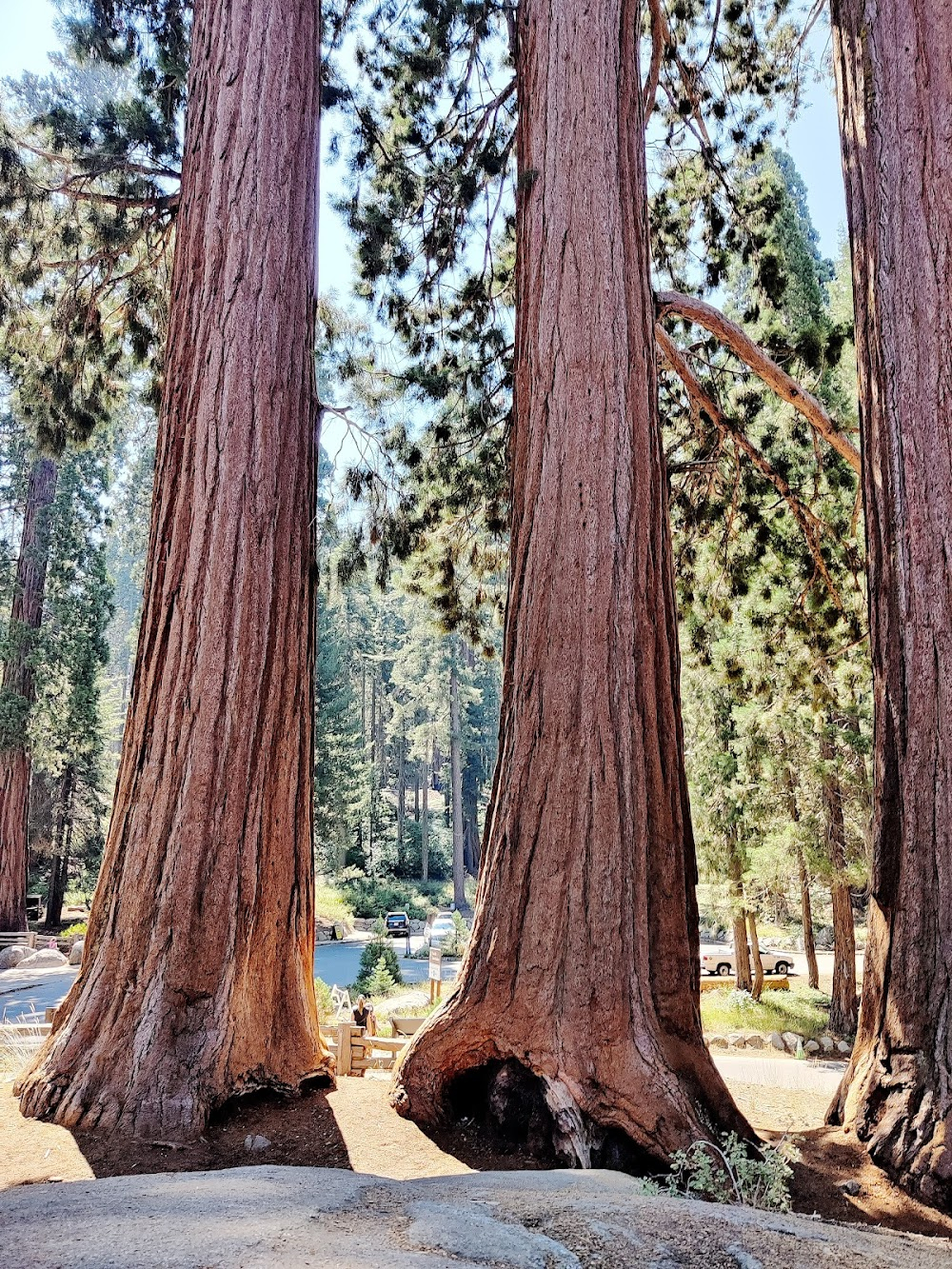A Lass of the Lumberlands Filming Locations

Where was A Lass of the Lumberlands filmed? A Lass of the Lumberlands was filmed in 7 locations across United States in the following places:
A Lass of the Lumberlands Filming Locations
Humboldt County is a county located in the U.S. state of California. As of the 2020 census, the population was 136,463. The county seat is Eureka. Humboldt County comprises the Eureka–Arcata–Fortuna, California, Micropolitan Statistical Area.
Arcata is a city adjacent to the Arcata Bay portion of Humboldt Bay in Humboldt County, California, United States. At the 2020 census, Arcata's population was 18,857. Arcata was first founded in 1850 as Union, was officially established in 1858, and was renamed Arcata in 1860.
Eureka is a port city in Northern California. Its Old Town district features elaborate Victorian houses such as the nearby Carson Mansion. Sequoia Park Zoo is home to pandas and primates, and features a walk-through aviary. Next to the zoo, Sequoia Park is home to massive old-growth redwood trees. Guided boat cruises aboard the early-1900s Madaket ferry take in the sights, seals and birdlife of Humboldt Bay.
Mad River is a census-designated place in Trinity County, California. Mad River is located in the southern part of the county. Mad River sits at an elevation of 2,484 feet. The ZIP Code is 95552. Its population is 361 as of the 2020 census, down from 420 from the 2010 census.
Pasadena is a city in California, northeast of downtown Los Angeles. In the center, Old Pasadena is a shopping and dining district known for its Victorian and art deco buildings. The strikingly modern Norton Simon Museum houses notable European and Asian art, plus a sculpture garden. The Rose Bowl is a sports stadium known for hosting the Rose Bowl Game, an annual college football clash usually held on January 1.
A Lass of the Lumberlands (1916)
Episode 1: "The Lumber Pirates" "Dollar" Holmes, so called because of his greed for money and power, is a small timberland owner in a region where both the trust and a tribe of Klamath Indians hold similar lands. He is under contract to the combine to deliver to it 10,000,000 feet of timber by a specified date. It is a rich deal. His wife is about to become a mother, and Holmes has set his heart fiercely on a boy to inherit the fortune he means to pile up. A forest fire sweeps away half of Holmes' standing timber. Greer, president of the trust, learning of this, writes a sneering letter hinting at Holmes' ruin unless he fulfills his contract on time. This he cannot do unless he obtains possession of the Indian lands adjoining his. Sleepy Dog, chief of the tribe, refuses to sell. Holmes' wife gives birth to a daughter, and he in a wild rage of double disappointment curses her and the babe, and rushes out of the cabin into the deep woods. He comes upon Dill, a bootlegger, surreptitiously selling whiskey to his loggers. Holmes promises to forebear punishing him if he will go into the Indian camp, from which Sleepy Dog is absent on a trip, and sell his stuff to the savages. The Klamaths are made drunk, and when they demand more whiskey Holmes offers them $100 apiece if they will deed their timber lands to him. They do so, and Holmes wires Greer that he will fulfill his contract; also that with acquisition of the Indian lands he has obtained exclusive right to use of the region's one river for log-floating purposes, thus cutting off the trust's lands from the market. The trust capitulates and accepts Holmes' terms, by which he is given a heavy interest in the combine and made a director. Sleepy Dog returns. Holmes quarrels with him, murders him and throws his body over a cliff. The crime is witnessed by Holmes' wife, a fact which he discovers. In terror of her life, the woman flees the cabin, carrying her infant in her arms. In trying to reach the farther bank of the river over a jam of logs she is hurled into the stream when a blast of dynamite blows up the king-log, and is whirled away in the current, clinging to a log and holding the babe in her arms.
















